 推荐消息更多>>
推荐消息更多>>气力输送系统的物料进出流程解析
- 来源:https://www.sdxinlujx.com/ 日期:2025-06-03 发布人:创始人
气力输送系统是一种利用气流作为动力,实现物料在管道中远距离输送的工程技术。其物料进出流程通过精密设计的设备组合与气流控制,构建了封闭、高效、低污染的物料传输体系。以下从系统运行逻辑出发,深度解析物料从进入至排出的完整路径。
Pneumatic conveying system is an engineering technology that uses airflow as power to achieve long-distance transportation of materials in pipelines. The material entry and exit process is constructed through precision designed equipment combination and airflow control, creating a closed, efficient, and low pollution material transportation system. Starting from the system operation logic, we will deeply analyze the complete path of materials from entry to discharge.
一、物料引入阶段:精准供料与气流耦合
1、 Material introduction stage: precise feeding and airflow coupling
物料进入气力输送系统的首要环节是供料装置。对于粉状或颗粒状物料,通常采用旋转阀或螺旋输送机实现定量给料。旋转阀通过叶轮的间歇转动,将储料仓内的物料分批次送入输送管道,其转速可调特性确保了供料量的精确控制。螺旋输送机则利用螺旋叶片的旋转推动物料前进,适用于粘性较低的物料。在负压输送系统中,物料通过吸嘴被气流直接吸入管道,此时需在吸嘴处设置补气装置,防止管道内形成真空影响供料稳定性。
The primary step for materials to enter the pneumatic conveying system is the feeding device. For powdered or granular materials, rotary valves or screw conveyors are usually used to achieve quantitative feeding. The rotary valve intermittently rotates the impeller to feed the materials in the storage bin into the conveying pipeline in batches. Its adjustable speed ensures precise control of the feeding amount. Spiral conveyors use the rotation of spiral blades to push materials forward, which is suitable for materials with low viscosity. In the negative pressure conveying system, materials are directly sucked into the pipeline by the airflow through the suction nozzle. At this time, an air supply device needs to be installed at the suction nozzle to prevent the formation of vacuum in the pipeline from affecting the stability of the feeding.
物料与气流的耦合是供料阶段的核心。在正压输送系统中,高压风机或压缩机将压缩空气注入输送管道,气流速度需达到物料悬浮的临界值。例如,输送水泥时,气流速度需控制在18-25米/秒,以确保物料在管道中呈悬浮状态而非沉积。对于易碎物料,则需采用低速高浓度输送方式,通过降低气流速度减少物料碰撞。
The coupling between materials and airflow is the core of the feeding stage. In a positive pressure conveying system, a high-pressure fan or compressor injects compressed air into the conveying pipeline, and the airflow velocity needs to reach the critical value for material suspension. For example, when transporting cement, the airflow velocity needs to be controlled at 18-25 meters per second to ensure that the material is suspended in the pipeline rather than deposited. For fragile materials, a low-speed high concentration conveying method should be used to reduce material collisions by lowering the airflow velocity.
二、管道输送阶段:气流动力学与物料行为调控
2、 Pipeline transportation stage: airflow dynamics and material behavior regulation
物料进入管道后,气流动力学特性决定了输送效率。在水平管道中,物料受重力作用易沉积,需通过提高气流速度或增加管道坡度来维持悬浮状态。垂直管道中,物料在重力与气流的双重作用下呈现流态化特征,此时气流速度需超过物料沉降速度的1.5倍。弯头、三通等管道部件对物料流动产生显著影响,弯头处的离心力可能导致物料偏析,因此需采用长半径弯头或设置导流板优化流场。
After the material enters the pipeline, the aerodynamic characteristics determine the conveying efficiency. In a horizontal pipeline, materials are prone to sedimentation due to gravity, and it is necessary to maintain a suspended state by increasing the airflow velocity or increasing the pipeline slope. In a vertical pipeline, materials exhibit fluidization characteristics under the dual effects of gravity and airflow, where the airflow velocity needs to exceed 1.5 times the material settling velocity. Pipe components such as elbows and tees have a significant impact on material flow, and centrifugal force at the elbow may cause material segregation. Therefore, it is necessary to use long radius elbows or set up deflectors to optimize the flow field.
物料浓度是输送阶段的关键参数。低浓度输送(物料质量浓度低于10%)适用于长距离输送,但能耗较高;高浓度输送(浓度达30%-50%)可降低能耗,但需解决管道堵塞风险。实际运行中,通过调节供料量与气流量的比值,可实现浓度动态平衡。例如,在输送塑料颗粒时,采用变频风机与自动供料装置联动,使物料浓度始终维持在最佳区间。
Material concentration is a key parameter in the conveying stage. Low concentration conveying (material mass concentration below 10%) is suitable for long-distance conveying, but it consumes more energy; High concentration transportation (up to 30% -50% concentration) can reduce energy consumption, but the risk of pipeline blockage needs to be addressed. In actual operation, dynamic concentration balance can be achieved by adjusting the ratio of feed rate to air flow rate. For example, when transporting plastic pellets, a variable frequency fan is used in conjunction with an automatic feeding device to maintain the material concentration within the optimal range.
三、气固分离阶段:高效回收与能量再利用
3、 Gas solid separation stage: efficient recovery and energy reuse
物料到达终点后,需通过分离装置实现气固分离。旋风分离器利用离心力将物料从气流中分离,其分离效率可达90%以上,适用于大颗粒物料。布袋除尘器则通过滤袋的微孔过滤作用捕捉细颗粒物,过滤精度可达0.1微米。对于高温或腐蚀性物料,需采用陶瓷滤芯或金属滤网等特殊材质分离器。
After the material reaches the endpoint, gas-solid separation needs to be achieved through a separation device. The cyclone separator uses centrifugal force to separate materials from the airflow, with a separation efficiency of over 90%, and is suitable for large particle materials. The bag filter captures fine particles through the microporous filtration of the filter bag, with a filtration accuracy of up to 0.1 microns. For high-temperature or corrosive materials, special material separators such as ceramic filter cartridges or metal filters should be used.
分离后的气流并非直接排放,而是进入能量回收系统。在正压输送系统中,部分气流通过循环风机重新注入管道,减少新鲜空气消耗;在负压系统中,排气经过滤后返回风机入口,形成闭式循环。某食品加工企业通过在分离器后增设热交换器,将排气余热用于物料预热,使系统综合能效提升。
The separated airflow is not directly discharged, but enters the energy recovery system. In a positive pressure conveying system, some airflow is re injected into the pipeline through a circulating fan to reduce fresh air consumption; In the negative pressure system, the exhaust gas is filtered and returned to the fan inlet, forming a closed cycle. A certain food processing enterprise has improved the overall energy efficiency of the system by adding a heat exchanger after the separator to use the exhaust waste heat for material preheating.
四、物料排出阶段:稳定卸料与系统平衡
4、 Material discharge stage: stable discharge and system balance
分离后的物料进入储料仓或包装设备。为防止物料在仓内堆积,需设置流化装置或振动器,确保物料均匀分布。对于需要连续生产的场景,采用星型卸料器或旋转阀实现定量排出,其转速与供料装置联动,维持系统压力稳定。在包装环节,自动称重系统与气力输送系统集成,当包装袋达到设定重量时,输送管道自动关闭,避免过量供料。
The separated materials enter the storage bin or packaging equipment. To prevent material accumulation in the warehouse, it is necessary to install fluidization devices or vibrators to ensure uniform distribution of materials. For scenarios that require continuous production, star shaped unloaders or rotary valves are used to achieve quantitative discharge, and their speed is linked to the feeding device to maintain stable system pressure. In the packaging process, the automatic weighing system is integrated with the pneumatic conveying system. When the packaging bag reaches the set weight, the conveying pipeline automatically closes to avoid excessive feeding.

系统平衡是物料排出阶段的关键。通过压力传感器实时监测管道压差,当压差超过阈值时,自动调节风机转速或供料量,防止管道堵塞或物料反流。例如,在化工原料输送中,设置双重压力保护装置,当主管道压力异常时,紧急泄压阀开启,物料通过旁路管道返回储料仓,确保系统安全运行。
System balance is the key to the material discharge stage. Real time monitoring of pipeline pressure difference through pressure sensors. When the pressure difference exceeds a threshold, the fan speed or feeding amount is automatically adjusted to prevent pipeline blockage or material backflow. For example, in the transportation of chemical raw materials, a dual pressure protection device is installed. When the main pipeline pressure is abnormal, the emergency relief valve opens, and the material returns to the storage bin through the bypass pipeline to ensure the safe operation of the system.
本文由气力输送系统友情奉献.更多有关的知识请点击:https://www.sdxinlujx.com我们将会对您提出的疑问进行详细的解答,欢迎您登录网站留言.
This article is a friendly contribution from Roots blower For more information, please click: https://www.sdxinlujx.com We will provide detailed answers to your questions. You are welcome to log in to our website and leave a message
- 上一篇: 旋转供料器:物料输送的“精密机械舞者”
- 下一篇: 罗茨鼓风机齿轮冷却方式的技术解析与应用选择
Related news相关新闻
- 2025-10-25磁悬浮鼓风机:节能环保高效的气体输送设备
- 2025-10-24气力输送系统输送时物料易破碎怎么办?
- 2025-10-23旋转供料器在粉体输送中发挥中锁风下料、定量吹送的作用
- 2025-10-22仓泵在气力输送“心脏”中,扮演着重要角色
- 2025-10-21负压气力输送适合输送哪些类型的物料?
- 2025-10-20安全使用高压罗茨鼓风机必须要注意的8个方面
- 2025-10-18三叶罗茨风机经过频繁检修后,整理的常见故障原因和解决方法
- 2025-10-17高压罗茨鼓风机节能省电的方法和运行中的摩擦原因
- 2025-10-16高压罗茨风机 VS 离心风机,区别有哪些?
- 2025-10-15高压罗茨风机的产品介绍和适用场景



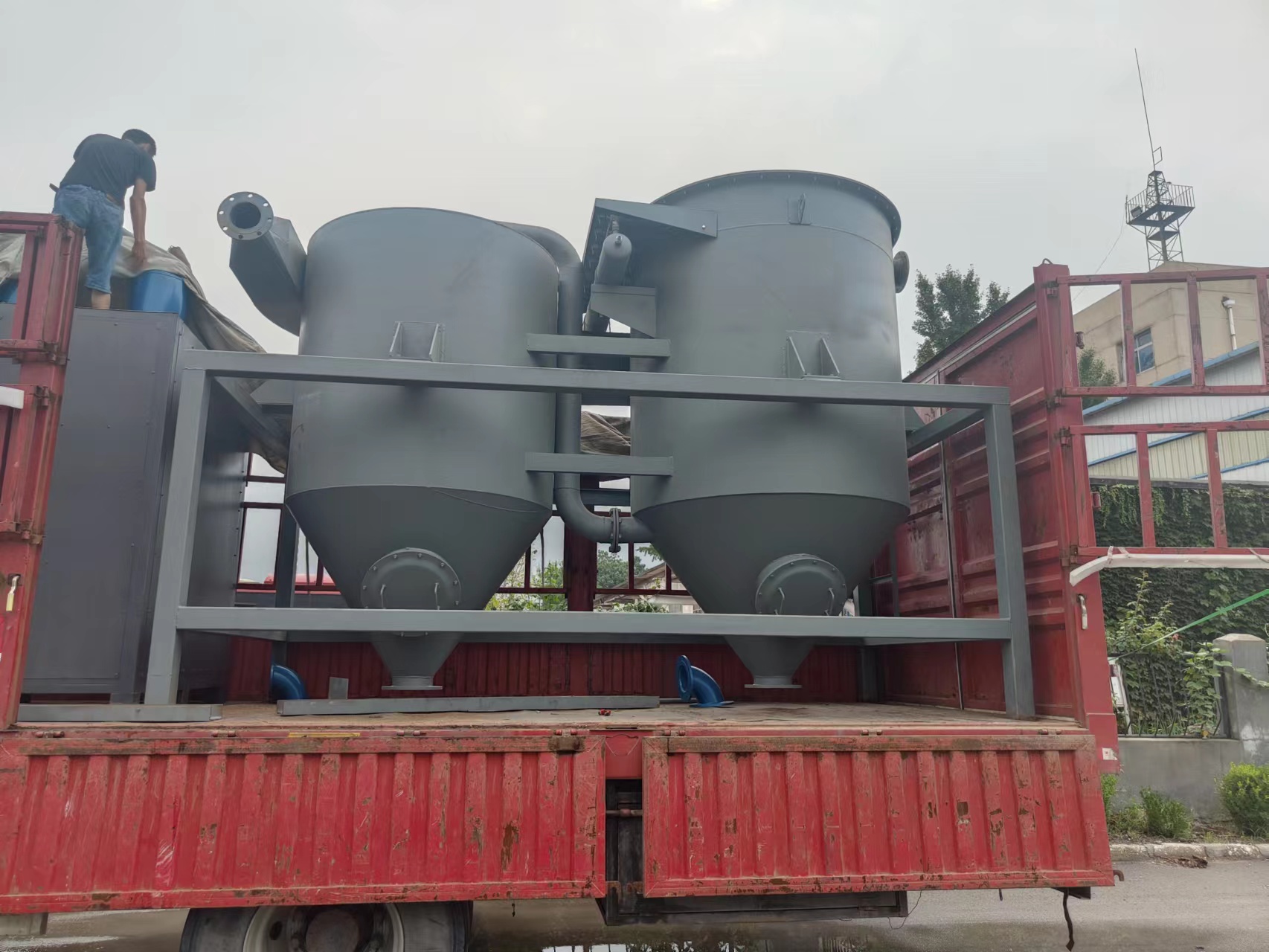
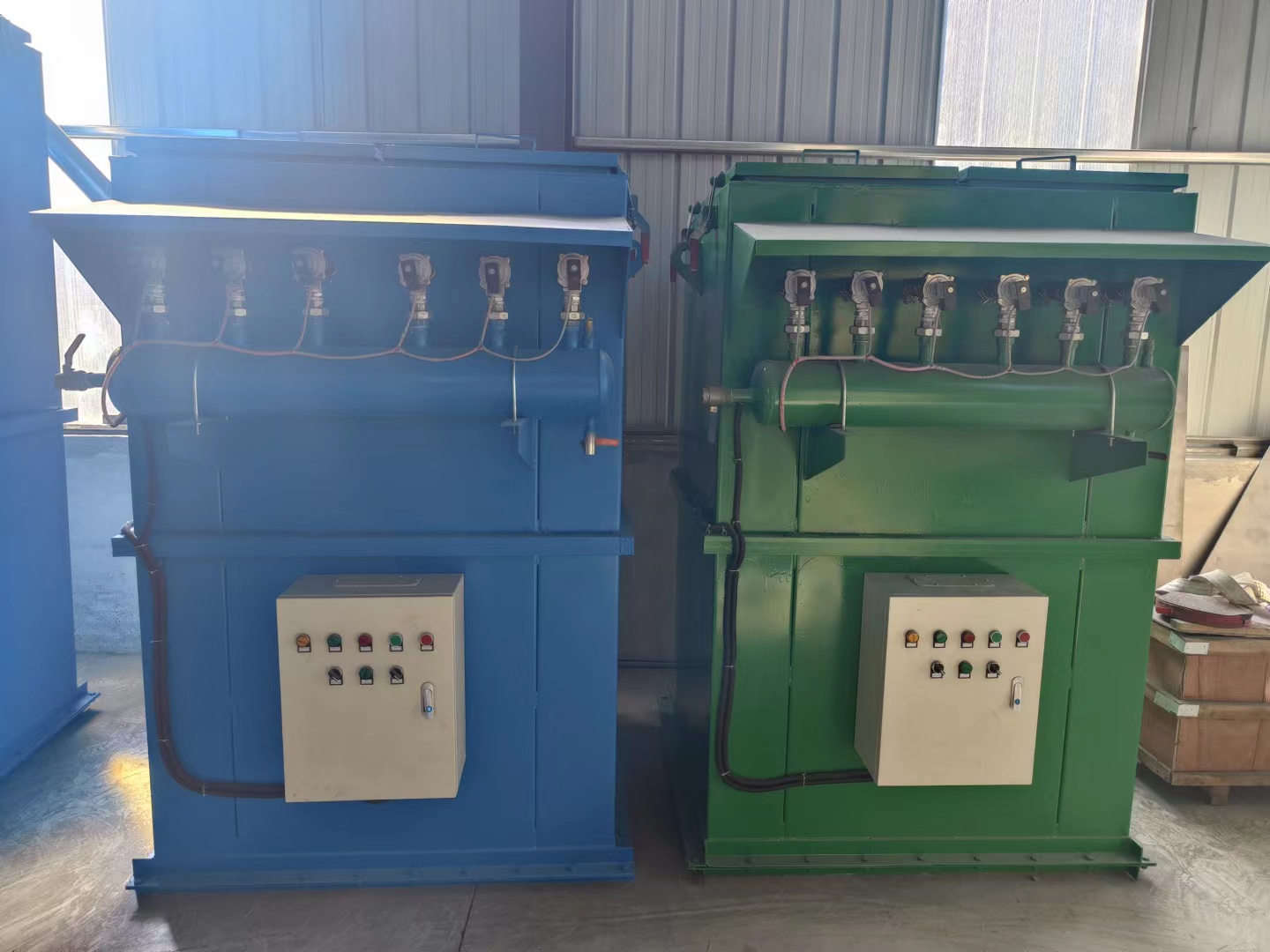
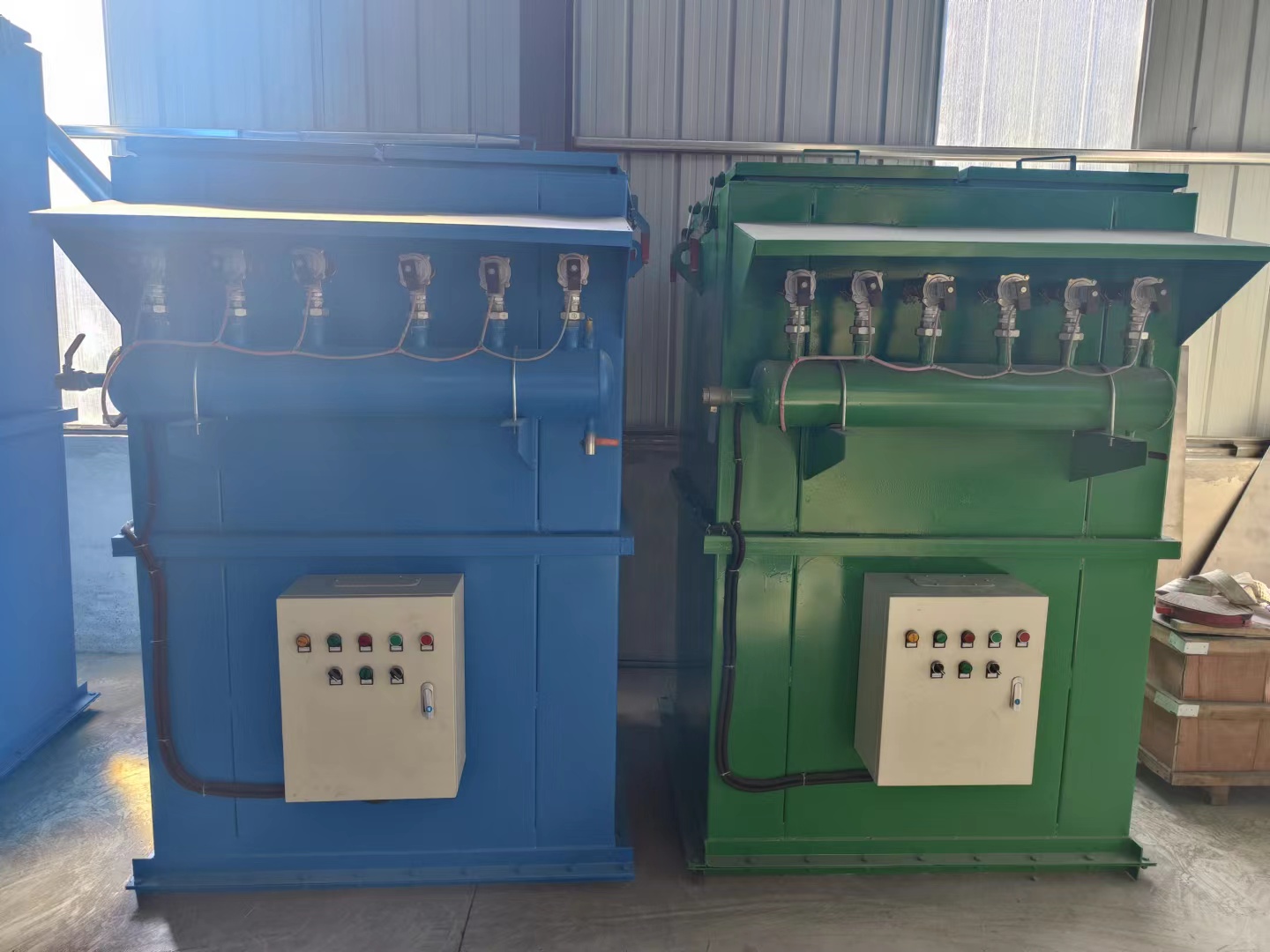

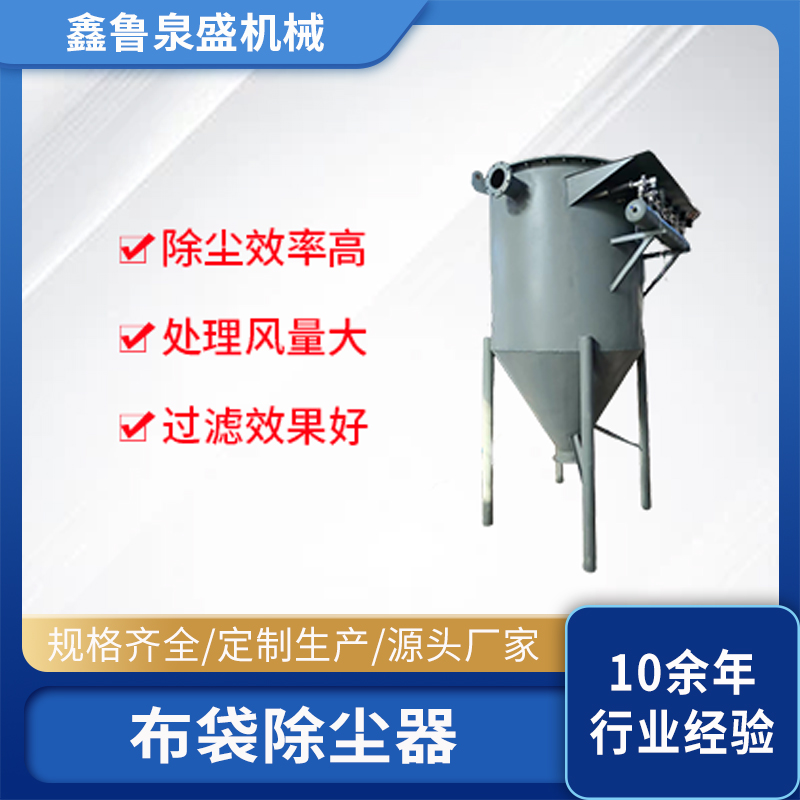
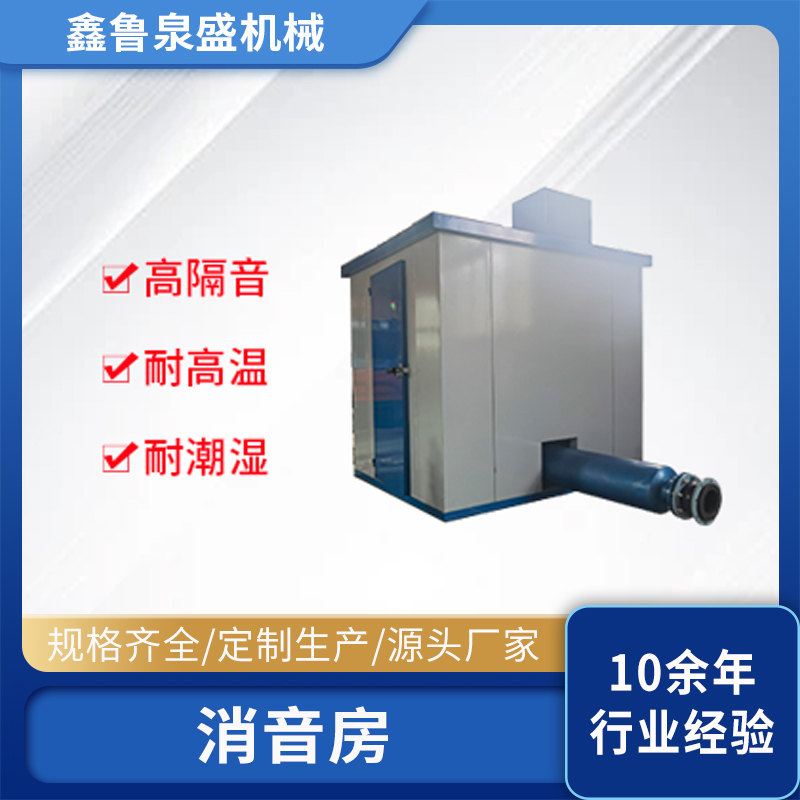
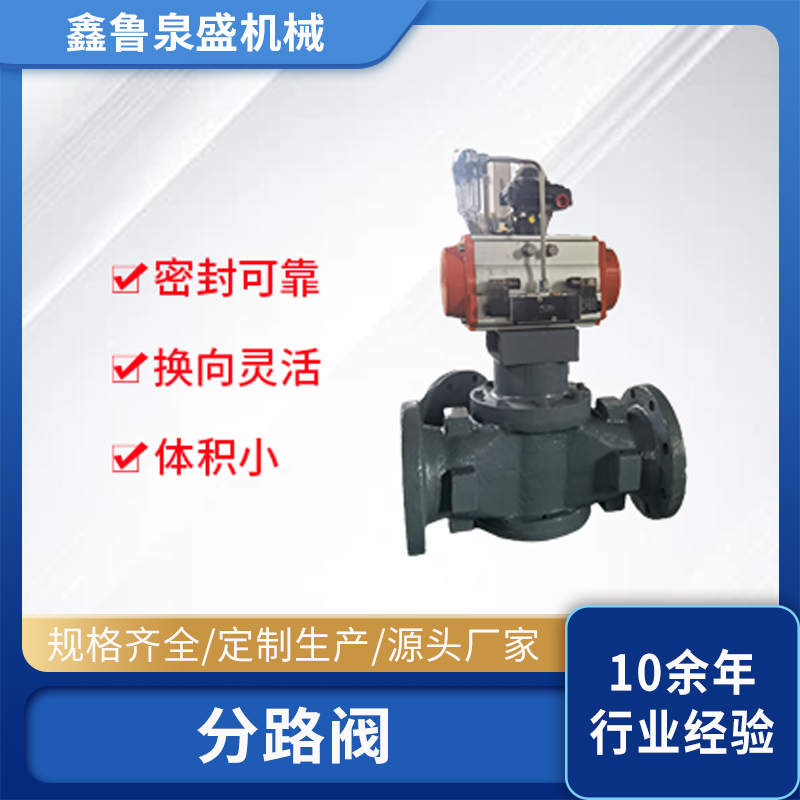
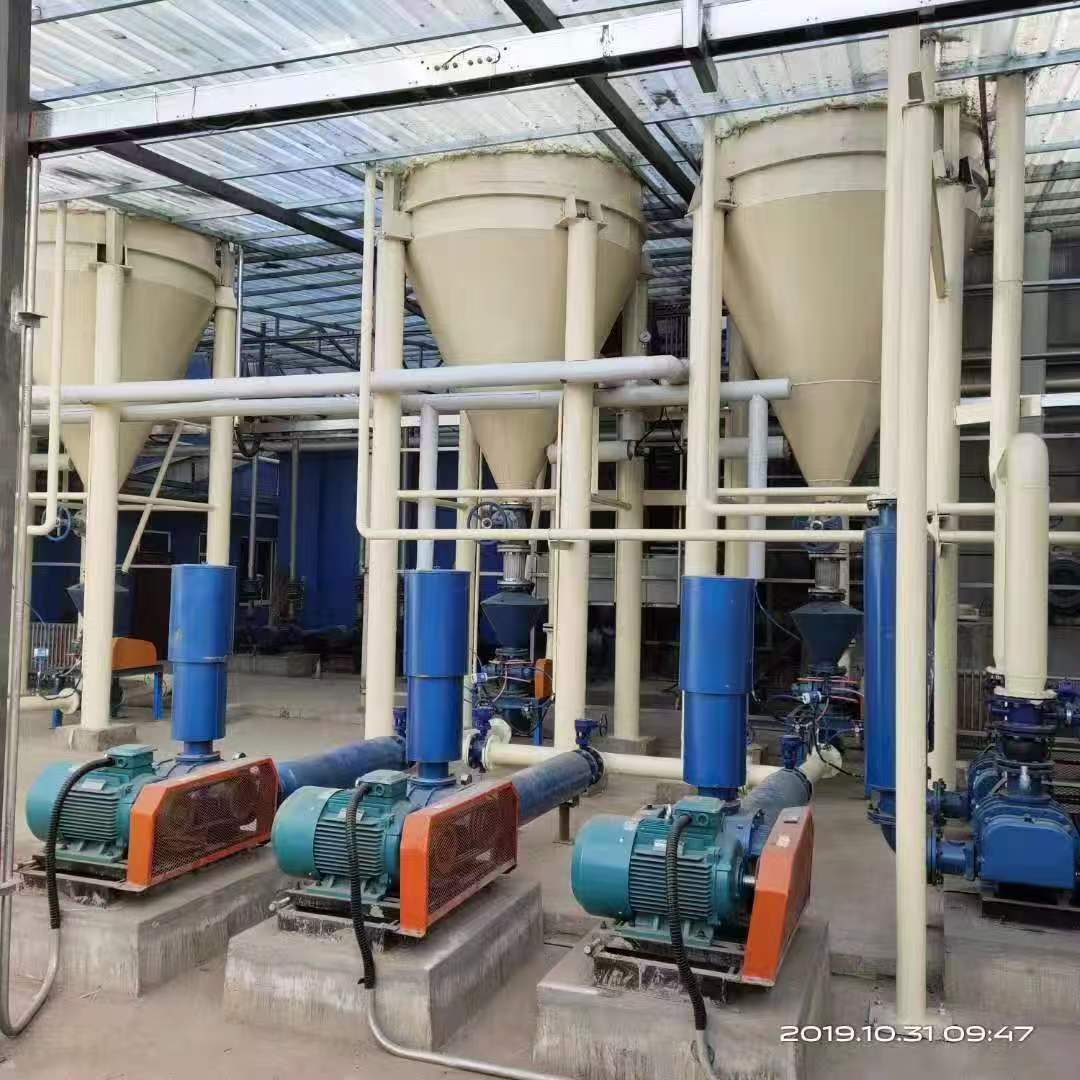
 扫码微信沟通
扫码微信沟通